Home>Garden Essentials>How To Make Unfinished Basement Play Area
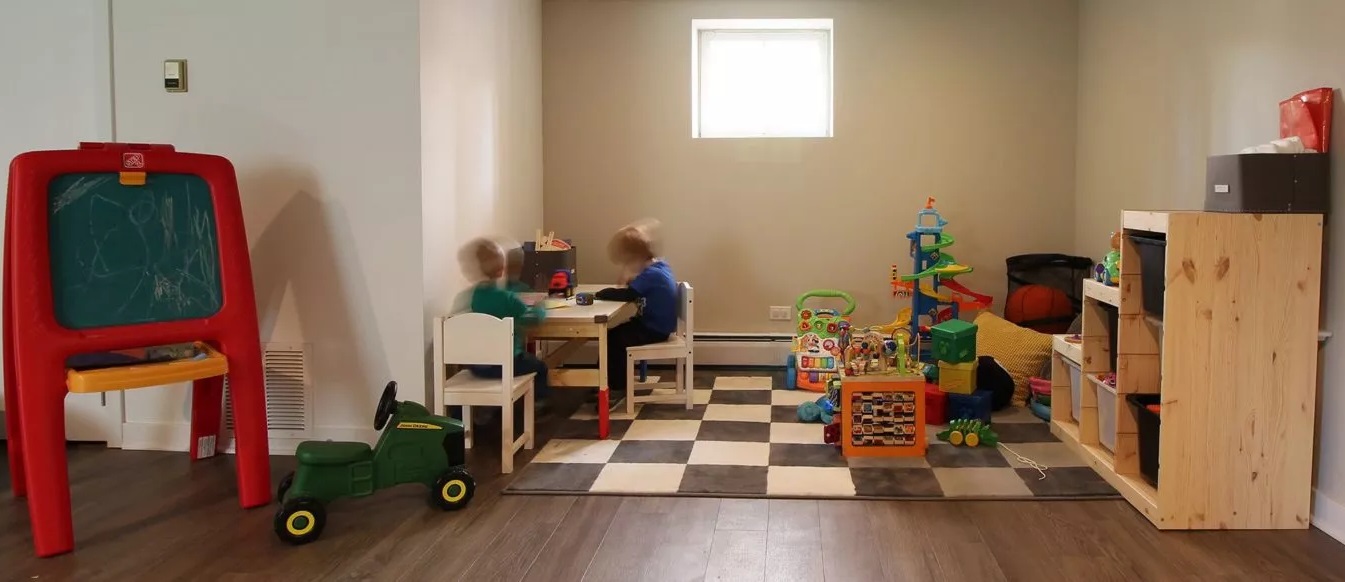

Garden Essentials
How To Make Unfinished Basement Play Area
Modified: March 24, 2024
Transform your unfinished basement into a captivating garden play area with our step-by-step guide. Discover creative ideas to bring the outdoors indoors and create a magical space for your children.#
(Many of the links in this article redirect to a specific reviewed product. Your purchase of these products through affiliate links helps to generate commission for Storables.com, at no extra cost. Learn more)
Introduction
Welcome to the world of transforming an unfinished basement into a fun and engaging play area for your children. An unfinished basement holds unlimited potential, allowing you to create a dedicated space where your kids can play, explore, and let their imaginations run wild.
With a little creativity, careful planning, and a touch of DIY magic, you can transform this underutilized space into a safe and exciting playground for your little ones.
In this article, we will guide you through the step-by-step process of creating an unfinished basement play area. From clearing the space to designing and organizing the area, we will cover all the essential aspects to consider, ensuring a successful and enjoyable transformation.
Whether you want a space for active play, creative activities, or a combination of both, this article will provide you with the inspiration and practical tips you need to bring your vision to life. So put on your creative hat, roll up your sleeves, and let’s dive into creating the ultimate unfinished basement play area!
Key Takeaways:
- Transforming your unfinished basement into a play area involves clearing clutter, ensuring safety, waterproofing, adding proper lighting, installing suitable flooring, creating storage solutions, designing the space, and maintaining organization.
- Involving your children in decision-making, adapting the space as they grow, and embracing the joy and laughter in the play area fosters creativity, promotes imaginative play, and creates cherished memories.
Read more: How To Make Unfinished Basement Look Nice
Step 1: Clearing the Space
The first step in creating an unfinished basement play area is to clear out any clutter or unnecessary items that may be taking up space. This will provide a clean canvas for your project and ensure a safe and functional play area for your children.
Start by going through the basement and sorting items into three categories: keep, donate/sell, and discard. Keep only the essentials and items that have sentimental value. Anything that you no longer need or use can be donated or sold. Items that are no longer in good condition or hold no value should be disposed of properly.
Once you have sorted through your belongings, it’s time to organize and store them efficiently. Invest in storage solutions such as plastic bins, shelves, and wall-mounted racks to keep everything neatly arranged. This will not only free up space but will also make it easier to access items when you need them.
During the clearing process, take note of any existing features in the basement, such as pipes, electrical panels, or support beams. These may impact the layout and design of your play area, so it’s important to be mindful of them as you plan your space.
By clearing out the space and organizing your belongings, you will have a clean and clutter-free environment to work with, making it easier to visualize and plan the layout of your unfinished basement play area. Ready for the next step? Let’s move on to assessing safety measures.
Step 2: Assessing Safety Measures
Creating a safe play area for your children is of utmost importance. When transforming your unfinished basement into a play zone, it’s crucial to assess and address potential safety hazards.
Start by ensuring that the basement has proper ventilation and air circulation. This can be achieved by installing fans or air vents to prevent a buildup of stale air. Adequate ventilation helps maintain a healthy and comfortable environment for your children to play in.
Next, inspect the basement for any exposed wiring, sharp edges, or loose electrical outlets. These hazards should be addressed by calling a professional electrician to make necessary repairs or modifications. It’s important to ensure that all electrical components are safely installed and childproofed to prevent accidents.
Another potential safety concern is moisture or water intrusion. Basements can be prone to leaks and dampness, which can lead to mold and mildew growth. It’s essential to address any water issues before creating a play area. Consult a professional or waterproofing expert to seal any cracks, install proper drainage systems, or take other necessary measures to keep the space dry.
Additionally, consider installing smoke detectors and a fire extinguisher in the basement to ensure the safety of your children and provide you with peace of mind.
When it comes to floor coverings, opt for materials that are soft, non-slip, and easy to clean. This will help prevent injuries and spills from causing accidents. Consider using foam mats, carpet tiles, or rubber flooring to provide a cushioned and safe play surface.
Lastly, evaluate the overall layout and design of the play area. Ensure that there are no obstructions, low-hanging objects, or sharp corners that could pose a risk to young children. It’s important to create an open and easily navigable space to encourage safe play.
By assessing and addressing safety measures in your unfinished basement, you can create a secure and worry-free play area for your children. Now, let’s move on to the next step: waterproofing the area.
Step 3: Waterproofing the Area
One of the most critical steps in converting an unfinished basement into a play area is ensuring that it is properly waterproofed. Waterproofing provides protection against moisture and potential water damage, creating a safe and durable space for your children to enjoy.
Start by inspecting the walls and floors for any cracks or gaps where water can seep through. These areas should be filled and sealed using waterproof sealants or crack fillers. Be sure to follow the manufacturer’s instructions to ensure proper application.
If your basement experiences frequent water intrusion or has a high water table, you may need to install exterior drainage systems or sump pumps. These mechanisms help redirect water away from the foundation and keep the play area dry. Consult a professional waterproofing expert for guidance on the best solution for your specific basement.
Consider applying a waterproofing membrane or coating to the basement walls and floors. These products create a barrier against moisture and prevent water from seeping into the play area. Be sure to choose a product that is specifically designed for below-grade applications and follow the manufacturer’s instructions for proper installation.
In addition to waterproofing the physical structure of the basement, it’s also important to address the humidity levels. Moisture in the air can lead to mold and mildew growth, posing health risks to your children. Use a dehumidifier to maintain optimal humidity levels in the basement, typically between 30% to 50%.
Lastly, ensure that any windows and doors in the basement are properly sealed to prevent water intrusion. Inspect the seals and weatherstripping and make any necessary repairs or replacements.
By taking the necessary steps to waterproof your unfinished basement, you can create a dry and comfortable play area that will withstand the test of time. Now that your space is protected, let’s move on to the next step: adding proper lighting.
Step 4: Adding Proper Lighting
Lighting plays a crucial role in creating an inviting and functional play area in your unfinished basement. Proper lighting enhances the overall ambiance, ensures safety, and allows your children to engage in various activities comfortably.
Start by assessing the natural light sources in your basement. If there are windows, make sure they are unobstructed and clean to maximize the amount of sunlight entering the space. Natural light provides a warm and welcoming atmosphere, making the play area feel more open and airy.
However, since basements are often located below ground level, they may have limited access to natural light. In such cases, consider installing artificial lighting options to provide adequate brightness throughout the play area.
When choosing artificial lighting, opt for overhead or ceiling lighting fixtures that distribute light evenly across the space. Use bright LED or fluorescent bulbs with a color temperature that mimics natural daylight. This not only helps create a bright and well-lit environment but also reduces eye strain.
In addition to overhead lighting, incorporate task lighting for specific play areas, such as a dedicated reading corner or art station. Floor lamps or table lamps with adjustable brightness settings are ideal for providing focused lighting where needed.
Consider installing dimmer switches for your overhead lights. This allows you to adjust the lighting intensity to suit different activities and moods. Lowering the lights can create a cozy atmosphere for quiet activities or bedtime stories.
Furthermore, consider adding ambient lighting elements to enhance the play area’s aesthetic appeal. String lights, colorful LED strips, or night lights can create a whimsical and magical atmosphere, sparking your children’s imagination.
Ensure that all electrical installations are done by a licensed electrician to guarantee safety and compliance with building codes. Take into account the positioning of light fixtures to prevent shadows or glares that may hinder visibility.
By strategically incorporating different types of lighting, you can create a well-lit and visually appealing play area in your unfinished basement. With proper lighting in place, it’s time to move on to the next step: installing proper flooring.
Step 5: Installing Proper Flooring
The choice of flooring in your unfinished basement play area is essential for comfort, safety, and durability. Selecting the right type of flooring will provide a solid foundation for your children’s activities and help create a welcoming environment.
When it comes to basement flooring, it’s crucial to consider the potential for moisture and water intrusion. Basements are prone to dampness and occasional leaks, so it’s important to choose flooring materials that can withstand these conditions.
One popular option is interlocking foam mats or carpet tiles. These provide cushioning, insulation, and a non-slip surface for your children to play on. Additionally, foam mats are easy to clean and maintain, making them a practical choice for a play area.
If you prefer the look and feel of carpet, opt for carpet tiles with built-in moisture resistance or choose a low-pile carpet that is easy to dry in case of spills or accidents. Ensure that the carpet is properly installed and adequately secured to prevent any tripping hazards.
Another suitable flooring option for basements is vinyl. Vinyl flooring is durable, water-resistant, and easy to clean, making it an ideal choice for a play area that may encounter spills or messes. Vinyl tiles or planks can mimic the look of hardwood or tile, providing a stylish and practical flooring solution.
If you prefer the aesthetic appeal of hardwood flooring, consider engineered hardwood or laminate flooring. These options are more resistant to moisture and fluctuations in temperature compared to solid hardwood. It’s important to install an appropriate moisture barrier and ensure proper ventilation to prevent moisture-related damage.
Regardless of the flooring material you choose, it’s crucial to properly prepare the basement floor before installation. This involves removing any uneven or damaged sections, repairing cracks, and ensuring the surface is clean and dry.
Always follow the manufacturer’s instructions for installation, and consider enlisting the help of a professional if you are unsure or have limited experience with floor installation.
By selecting the right flooring option for your unfinished basement play area, you can provide a comfortable and safe surface for your children to enjoy their playtime. Next, we will move on to creating storage solutions!
When creating an unfinished basement play area, make sure to address any potential safety hazards such as exposed wires or sharp edges. Consider using soft flooring materials like foam mats to provide a safe and comfortable play surface.
Step 6: Creating Storage Solutions
As you transform your unfinished basement into a play area, it’s important to incorporate effective storage solutions to keep toys, games, and other items organized. Creating dedicated storage spaces not only helps keep the play area clutter-free but also makes it easier for your children to find and put away their belongings.
Start by assessing the available space and identifying areas where storage can be integrated. Utilize the vertical space by installing shelves or wall-mounted storage units. This allows you to maximize storage capacity without taking up valuable floor space.
Invest in a variety of storage containers, such as plastic bins, baskets, or fabric organizers. These are excellent for categorizing different types of toys and keeping them neatly arranged. Label the containers to make it easier for your children to identify where each item belongs.
Consider incorporating furniture with built-in storage features. For example, choose a coffee table with hidden storage compartments or ottomans that can store toys and games inside. Opting for multifunctional furniture not only saves space but also adds to the overall aesthetic of the play area.
Designate specific areas for different activities and outfit each area with its dedicated storage solutions. For example, create a reading nook with a bookshelf or wall-mounted book rack. Set up an art station with storage bins for art supplies and a labeled drawer for paper and coloring books.
If space allows, consider adding a cubby system or a free-standing storage unit with a combination of open shelves and closed cabinets. This provides ample storage for larger toys, board games, and other playtime essentials.
Make use of hooks or pegboards on the walls to hang items such as costumes, dress-up clothes, or sports equipment. This not only keeps these items easily accessible but also adds a touch of character and visual interest to the play area.
Involve your children in the organization process, teaching them to clean up and put away their toys after playtime. This helps instill good habits and promotes a sense of responsibility.
By creating well-organized storage solutions in your unfinished basement play area, you can ensure a clutter-free and functional space that encourages a sense of order and fosters independent play. Next, let’s move on to designing the play area!
Step 7: Designing the Play Area
Designing the play area in your unfinished basement involves creating an engaging and visually appealing space that caters to your children’s interests and encourages creativity and exploration. By carefully considering the layout, theme, and interactive elements, you can design a play area that will captivate your children’s imaginations.
Start by defining the different zones within the play area. Consider incorporating areas for active play, creative activities, quiet reading or relaxation, and imaginary play. Having designated spaces allows for a well-rounded play experience and accommodates different types of play.
When choosing a theme for the play area, involve your children in the decision-making process. Ask them about their favorite characters, hobbies, or interests, and incorporate those elements into the design. Whether it’s a jungle adventure, a cosmic space station, or a whimsical princess castle, a theme can transform the play area into an enchanting and immersive space.
Paint the walls in vibrant and inviting colors that match the theme or create a cheerful atmosphere. Consider using washable paint or adding a clear protective layer to make it easier to clean any accidental marks or spills.
Add interactive elements that stimulate your children’s senses and promote active play. For example, install a climbing wall, a mini basketball hoop, or a slide. Create a cozy reading nook with cushions, bean bags, and a shelf filled with age-appropriate books.
Incorporate educational and sensory elements into the design. Consider adding a whiteboard or chalkboard to encourage drawing and writing, or install a sensory wall with different textures and materials for tactile exploration. Don’t forget to include a table or desk for arts and crafts projects.
Personalize the space with your children’s artwork, photos, or their own creations. This not only adds a personal touch but also boosts their self-esteem and sense of ownership over the play area.
Consider the layout and flow of the play area, ensuring that it allows for easy movement and access to different play zones. Leave ample open space for active play, while also providing designated areas for quiet or independent activities.
Remember to incorporate age-appropriate safety measures and childproofing elements, such as rounded corners, secured furniture, and safety gates for any stairs or areas that need to be restricted.
By designing a well-thought-out and engaging play area in your unfinished basement, you create a space that nurtures your children’s imagination and encourages them to explore, learn, and have fun. Next, let’s move on to adding furniture and decorations!
Step 8: Adding Furniture and Decorations
Adding furniture and decorations to your unfinished basement play area is the final touch that brings the space to life. It’s an opportunity to create a cozy and inviting atmosphere while also providing practical and comfortable seating options for your children.
Start by choosing child-sized furniture that is both functional and durable. Look for items such as bean bags, small couches, or floor cushions that provide comfortable seating for playtime, reading, or relaxation. Ensure that the furniture is made from materials that are easy to clean and can withstand active use.
Incorporate storage solutions into the furniture to maximize space efficiency. Consider ottomans with hidden storage compartments or benches with lift-up seats. These serve dual purposes of providing seating and additional storage for toys or blankets.
Add a table and chairs for arts and crafts activities, games, or snack time. Look for a table that is sturdy and has a smooth surface that can be easily wiped clean. Opt for child-safe chairs that provide support and comfort.
Consider adding a play kitchen or a workbench to encourage imaginative play and role-playing activities. These can be a great addition to the play area and provide your children with endless opportunities for creative play and exploration.
When it comes to decorations, involve your children in the decision-making process. Let them choose posters, wall decals, or artwork that matches their interests and the overall theme of the play area. Use removable wall decals or paint to add fun and engaging designs that can easily be changed as your children’s interests evolve.
Hang a large, shatterproof mirror on one of the walls to encourage self-expression and imaginative play. Mirrors can create a sense of space and enable your children to engage in imaginative play and practice self-expression.
Add soft, colorful rugs or mats to define different play areas and provide a comfortable surface for your children to sit or play on. Make sure the rugs are easy to clean and can withstand active play.
Consider adding curtains or dividers to create separate spaces or hide storage areas. This can help to give the play area a more contained and cozy feel.
Lastly, don’t forget to personalize the space with your children’s artwork, photographs, or decorative items that hold sentimental value. These personal touches make the play area feel special and uniquely their own.
By adding furniture and decorations to your unfinished basement play area, you create a warm and inviting space that sparks your children’s imagination and provides a comfortable and functional environment for play. Now, let’s move on to the final step: organizing and maintaining the play area.
Read more: How To Heat An Unfinished Basement
Step 9: Organizing and Maintaining the Play Area
Organizing and maintaining the play area in your unfinished basement is crucial for keeping the space clean, safe, and enjoyable for your children. By implementing effective organization strategies and establishing simple maintenance routines, you can ensure that the play area remains a functional and inviting space.
Start by teaching your children the importance of cleaning up after playtime. Encourage them to put away toys, games, and art supplies in their designated storage spaces. Make it a fun and interactive process by turning tidying up into a game or providing incentives for participation.
Create a daily or weekly cleaning routine for the play area. This can include tasks such as dusting surfaces, wiping down furniture, sweeping or vacuuming the floor, and sanitizing high-touch areas. By establishing a regular cleaning routine, you can maintain a clean and hygienic play environment.
Regularly check and inspect toys, furniture, and equipment for any signs of wear, damage, or hazards. Replace or repair any broken or unsafe items to ensure the safety of your children. Keep an eye out for small parts or choking hazards and remove them from the play area if necessary.
Encourage your children to take responsibility for their belongings by involving them in the organizing and cleaning process. Teach them how to sort toys, tidy up shelves, and keep their space organized. This not only promotes a sense of ownership but also instills good habits for maintaining a clean and organized space.
Regularly rotate toys to keep the play area fresh and exciting. This prevents boredom and encourages variety in play. Store unused items in rotation bins and switch them out periodically, allowing your children to rediscover forgotten favorites.
Consistently reassess the organization and layout of the play area based on your children’s changing interests and needs. As they grow older, their play preferences may evolve, requiring adjustments to the storage systems and the overall design of the space.
Establish rules and boundaries for the play area. Teach your children how to respect the space and emphasize the importance of sharing and taking turns. This helps maintain order and minimizes conflicts during playtime.
Lastly, involve your children in maintaining the cleanliness and organization of the play area. Teach them about hygiene practices, such as washing hands before and after play, and help them develop habits that promote cleanliness and order.
By implementing effective organizing and maintenance strategies, you can ensure that the play area in your unfinished basement remains a functional, safe, and enjoyable space for your children to play and explore. With that, your transformation process is complete, and you can begin enjoying the transformed play space!
Congratulations on creating a fantastic unfinished basement play area where your children can let their imaginations soar. Enjoy watching them play, create, and make cherished memories in their newfound haven!
Conclusion
Transforming your unfinished basement into a play area for your children is a rewarding and exciting project that opens up a world of possibilities. From clearing the space to designing and organizing, every step of the process is filled with opportunities to create a safe, engaging, and functional play area.
By following the steps outlined in this article, you have learned how to clear out clutter, assess safety measures, waterproof the area, add proper lighting, install suitable flooring, create storage solutions, design the space, and maintain its organization and cleanliness.
Throughout this journey, remember to involve your children in decision-making and make the play area reflective of their interests and preferences. Incorporating their ideas helps them feel a sense of ownership and makes the space truly their own.
Creating an unfinished basement play area provides a dedicated space for your children to explore, learn, and have fun. It nurtures their creativity, promotes imaginative play, and fosters their cognitive and physical development.
Remember to regularly assess and adjust the play area as your children grow and their interests change. By adapting the space to their evolving needs, you can maintain a stimulating and enjoyable environment.
Lastly, embrace the joy and laughter that will fill the play area as your children engage in imaginative play, create art, and discover new adventures. Cherish the memories made in this special space and watch as your children’s imaginations soar.
Congratulations on completing the transformation of your unfinished basement into a captivating play area! May this space bring years of laughter, learning, and endless fun for your children and the whole family.
Frequently Asked Questions about How To Make Unfinished Basement Play Area
Was this page helpful?
At Storables.com, we guarantee accurate and reliable information. Our content, validated by Expert Board Contributors, is crafted following stringent Editorial Policies. We're committed to providing you with well-researched, expert-backed insights for all your informational needs.
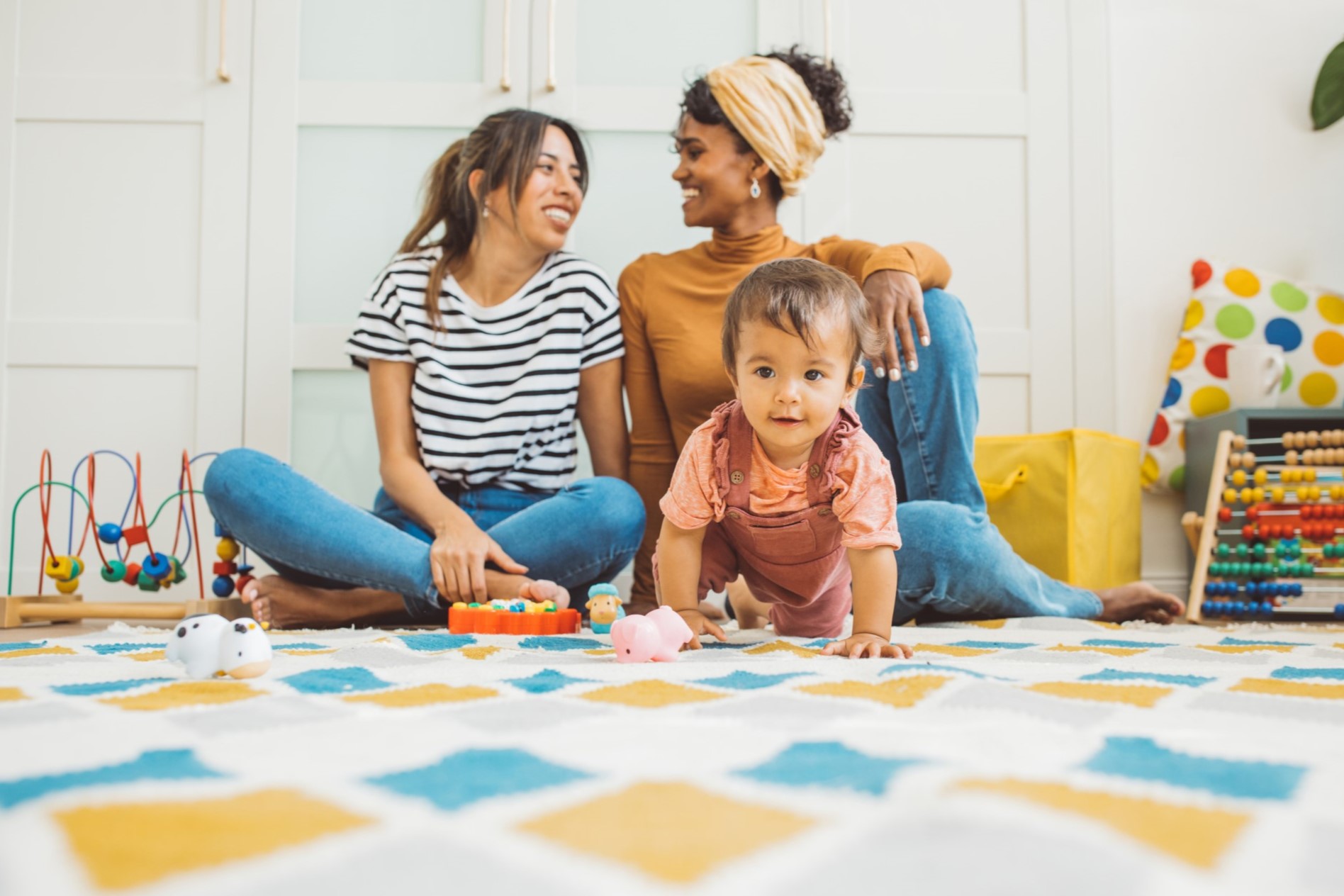
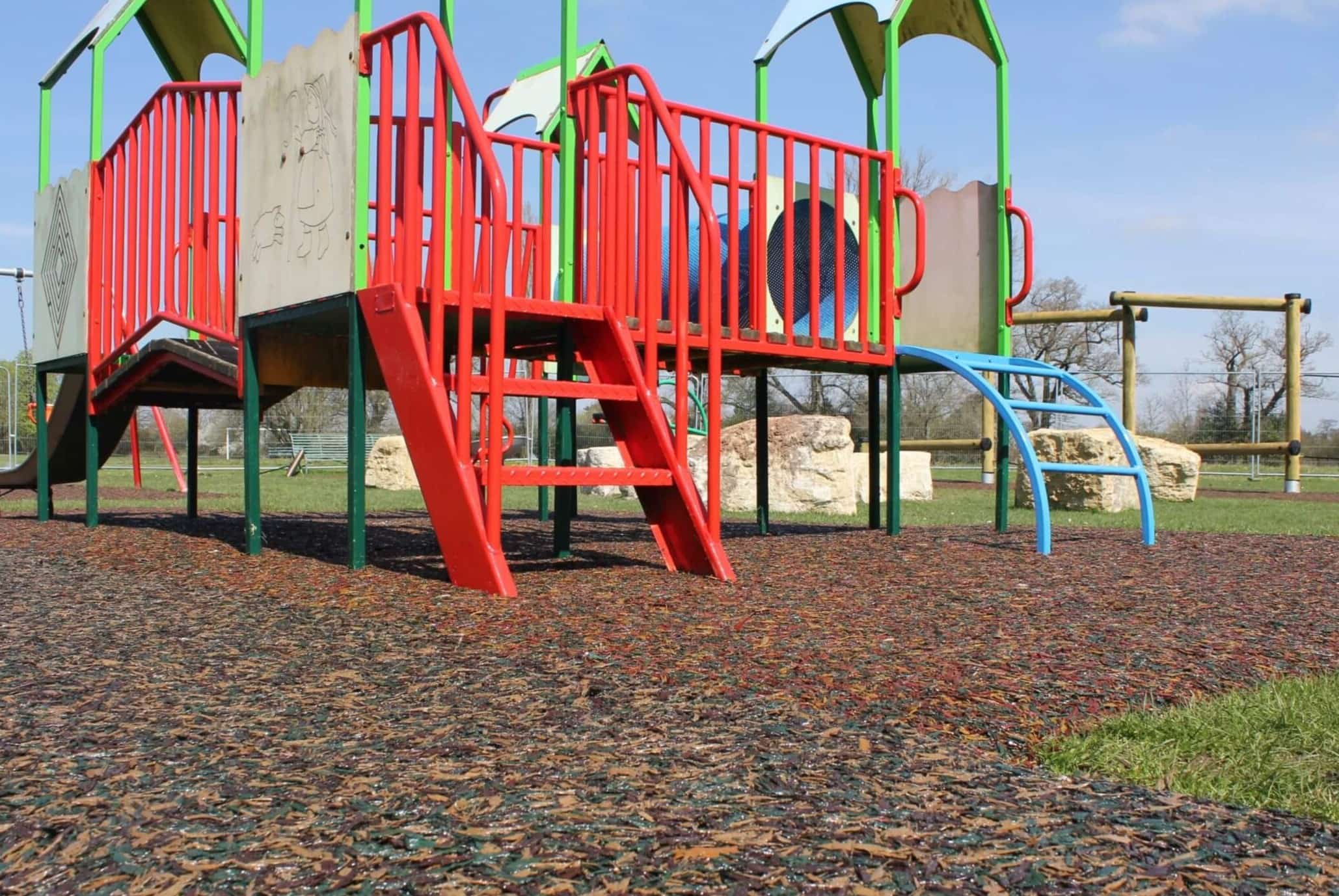
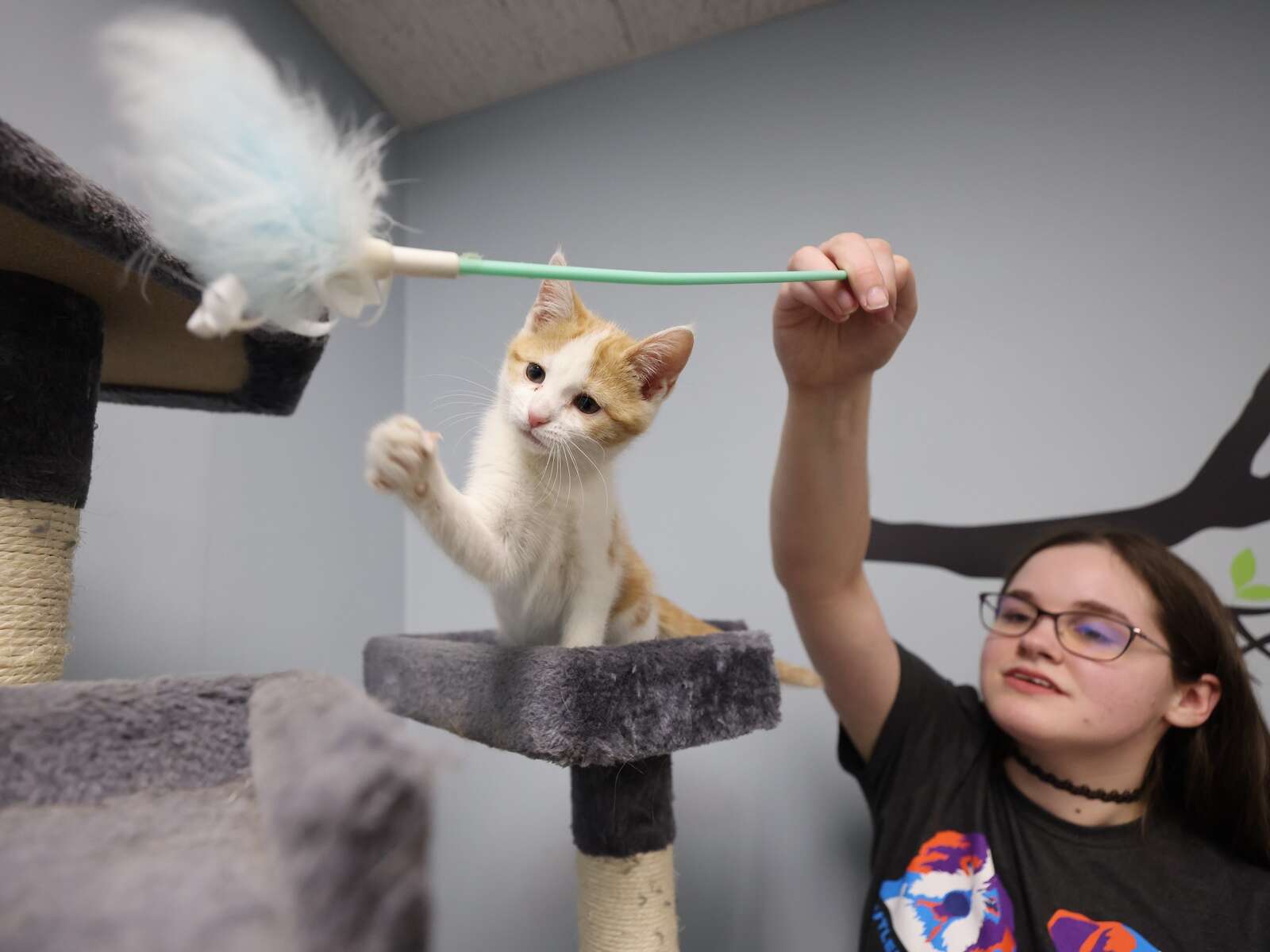
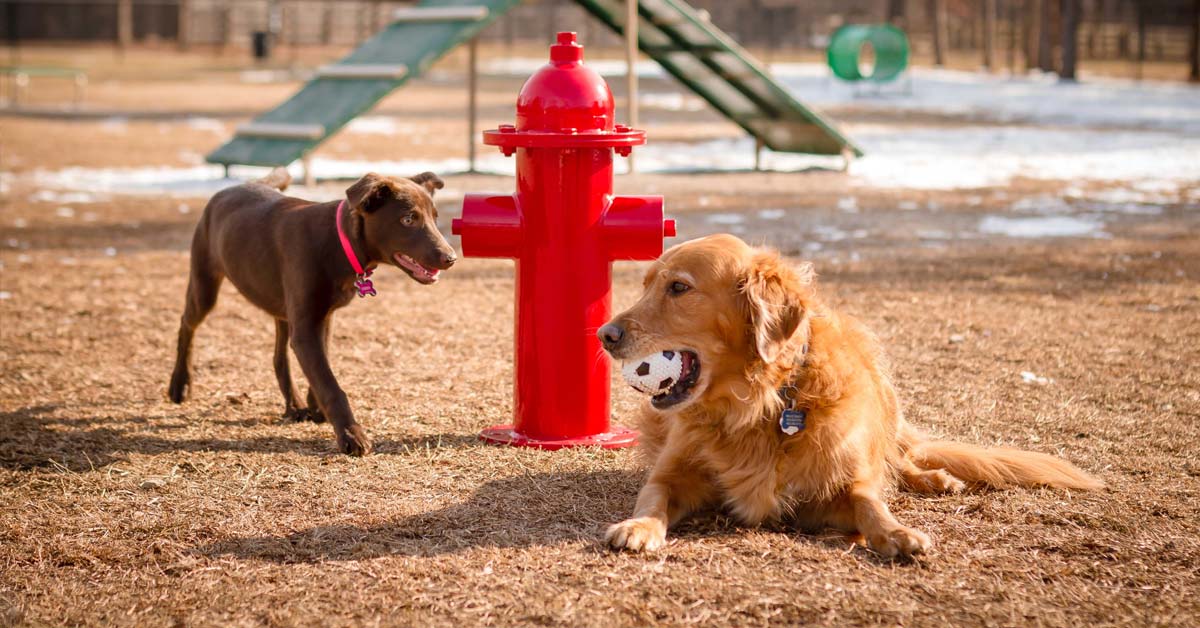
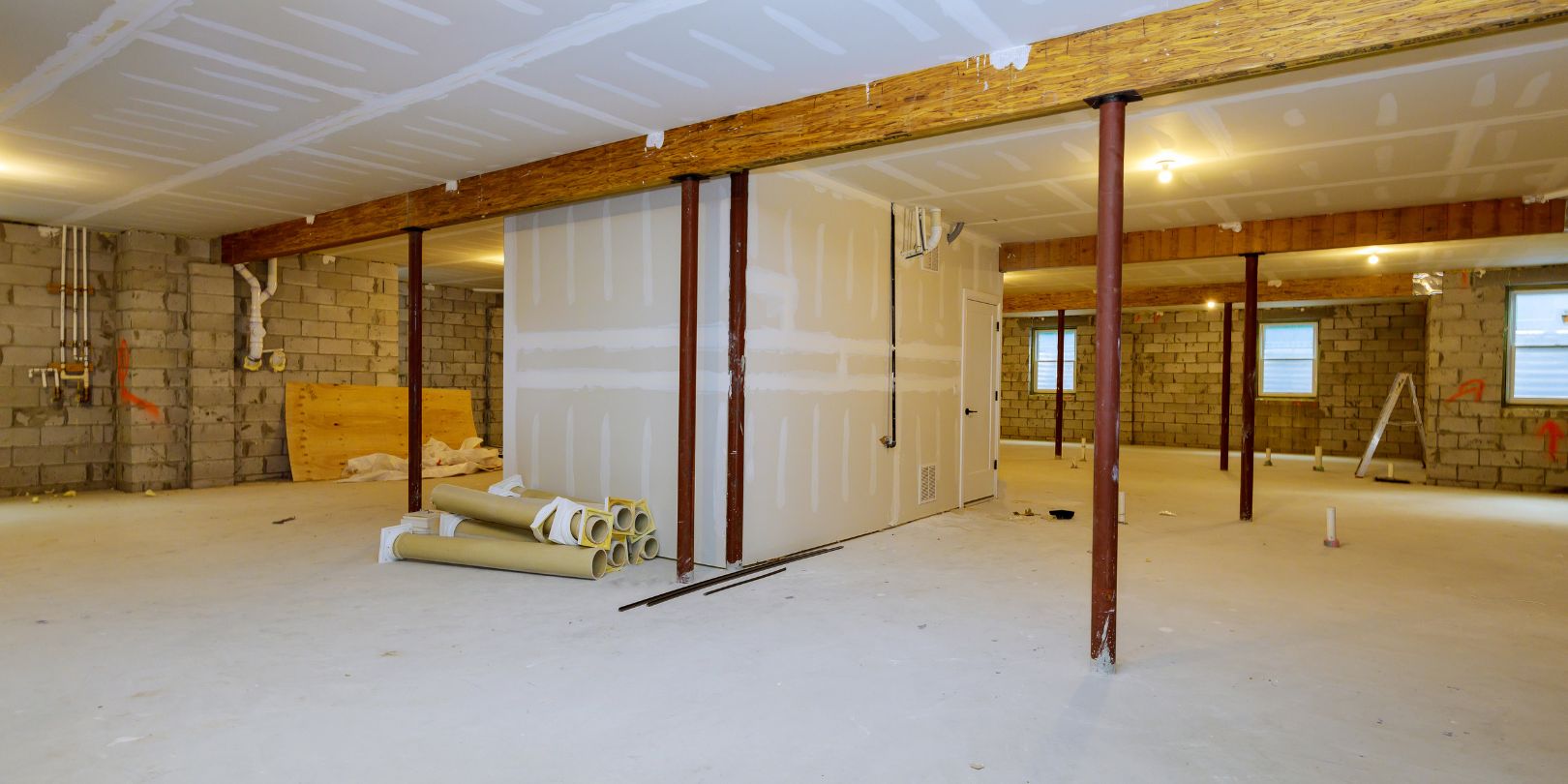
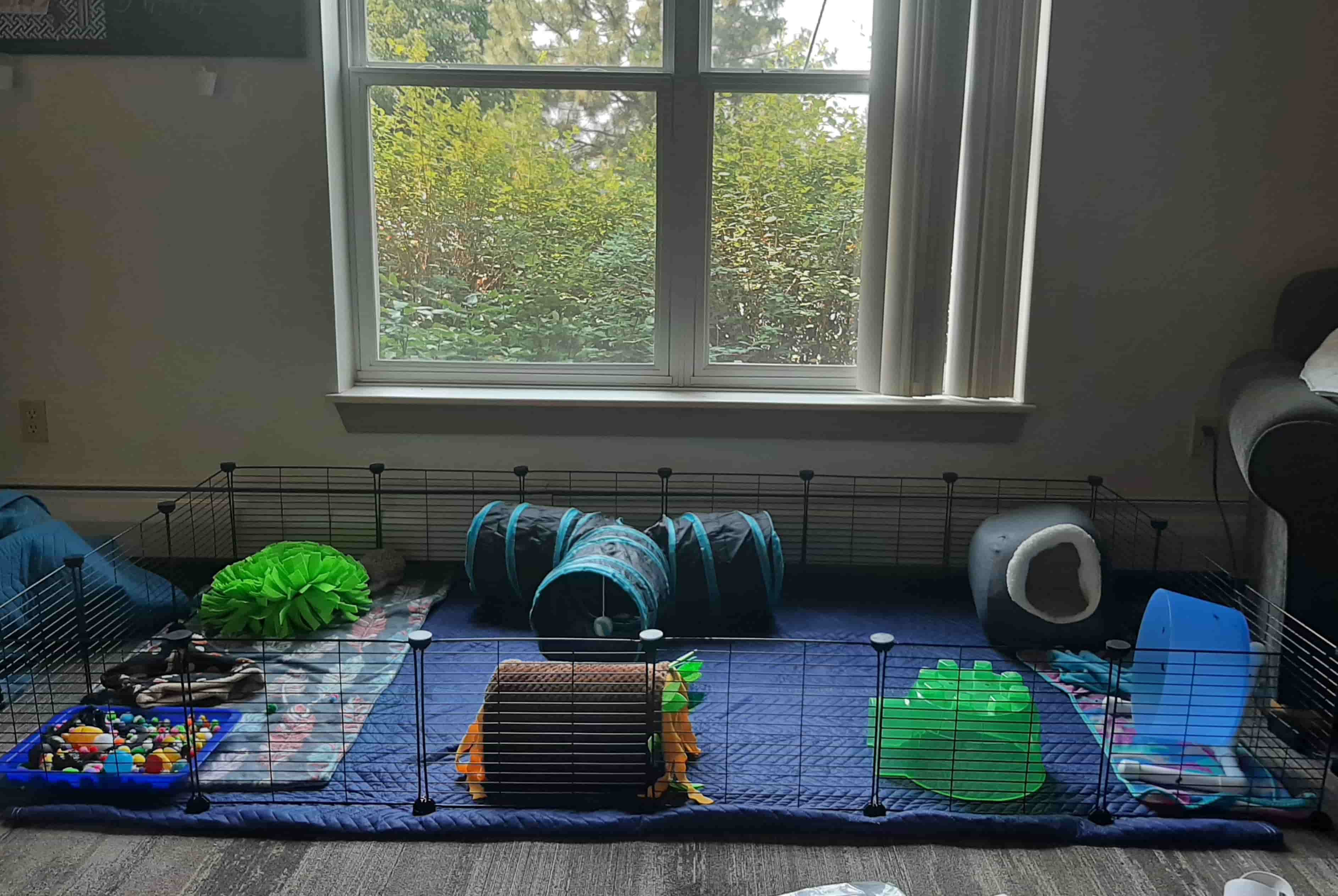
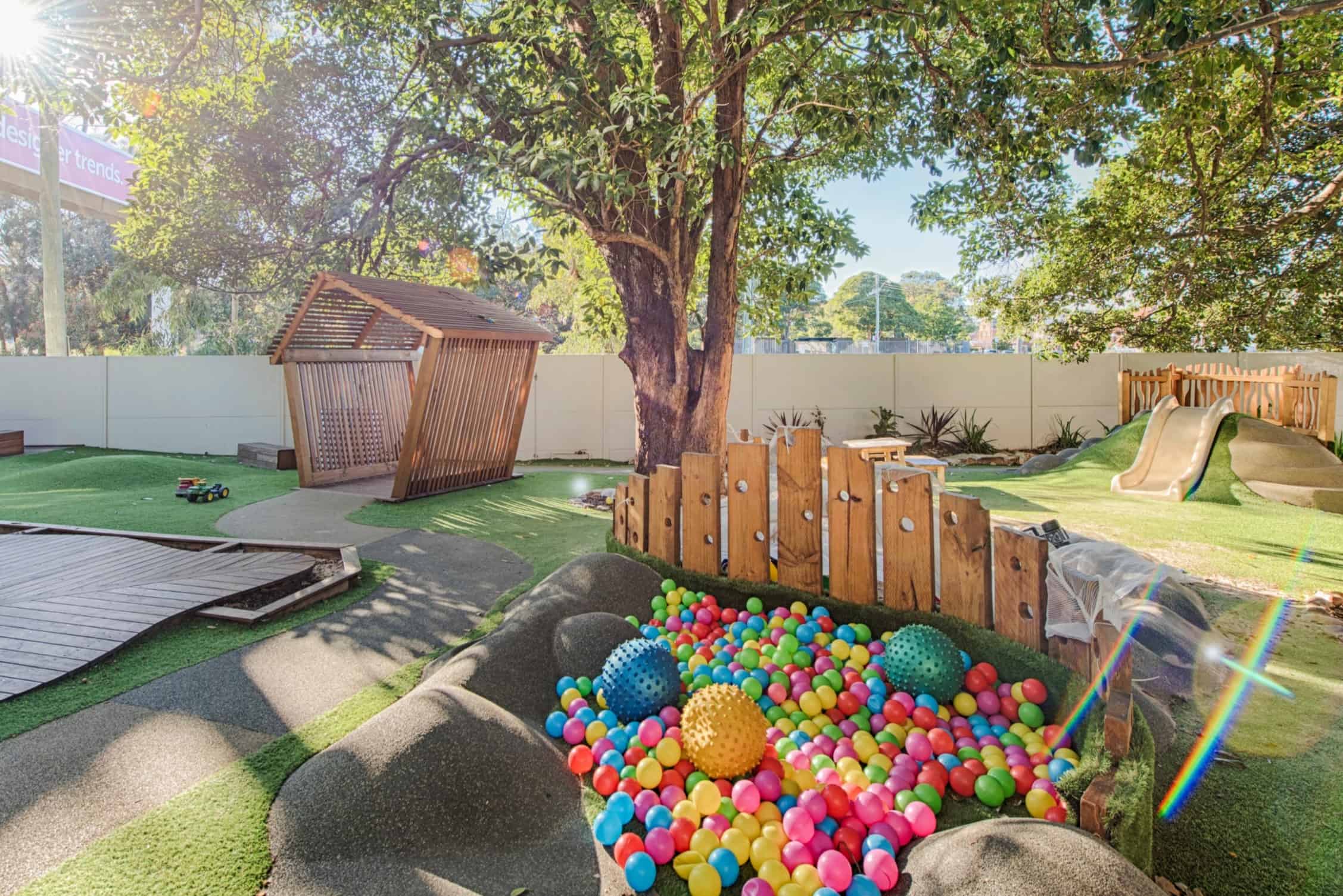
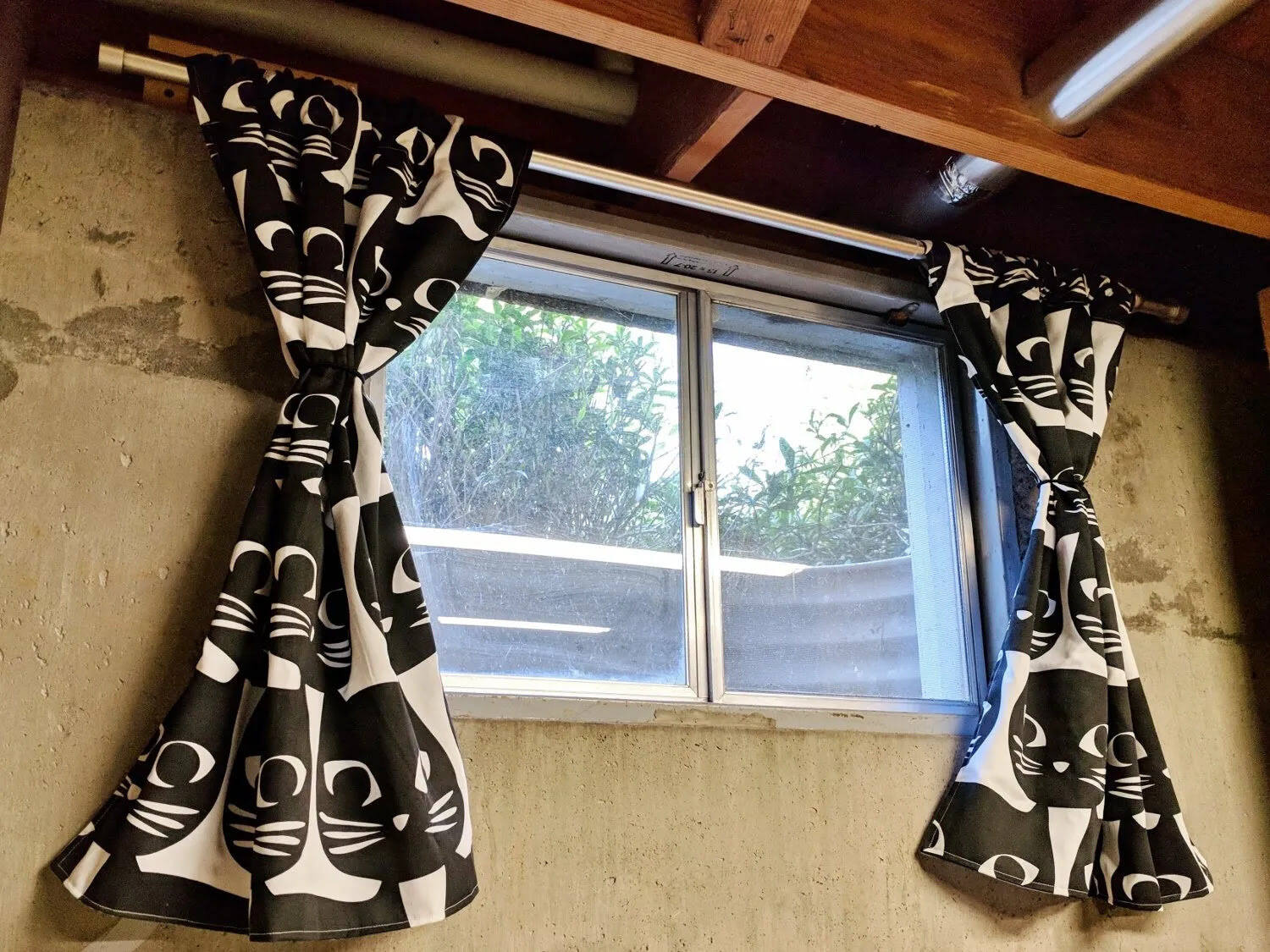
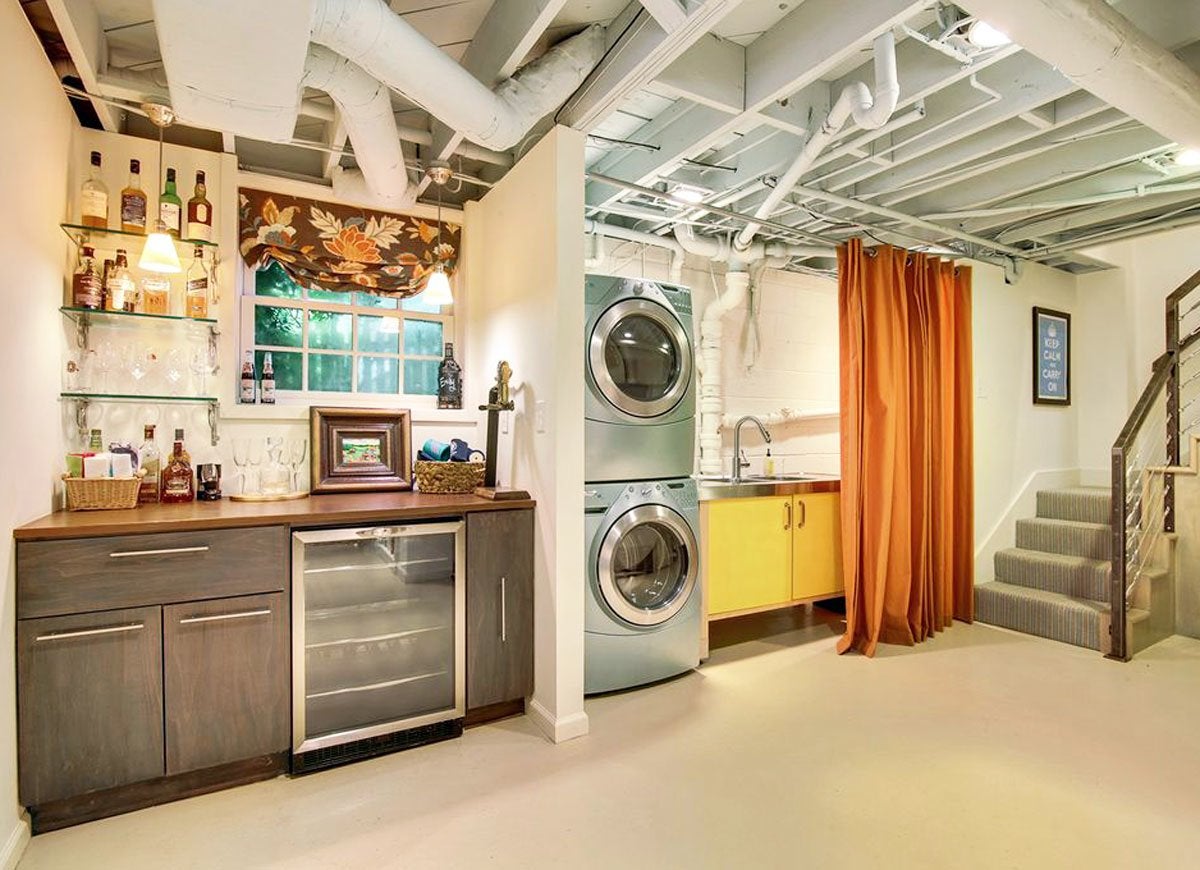
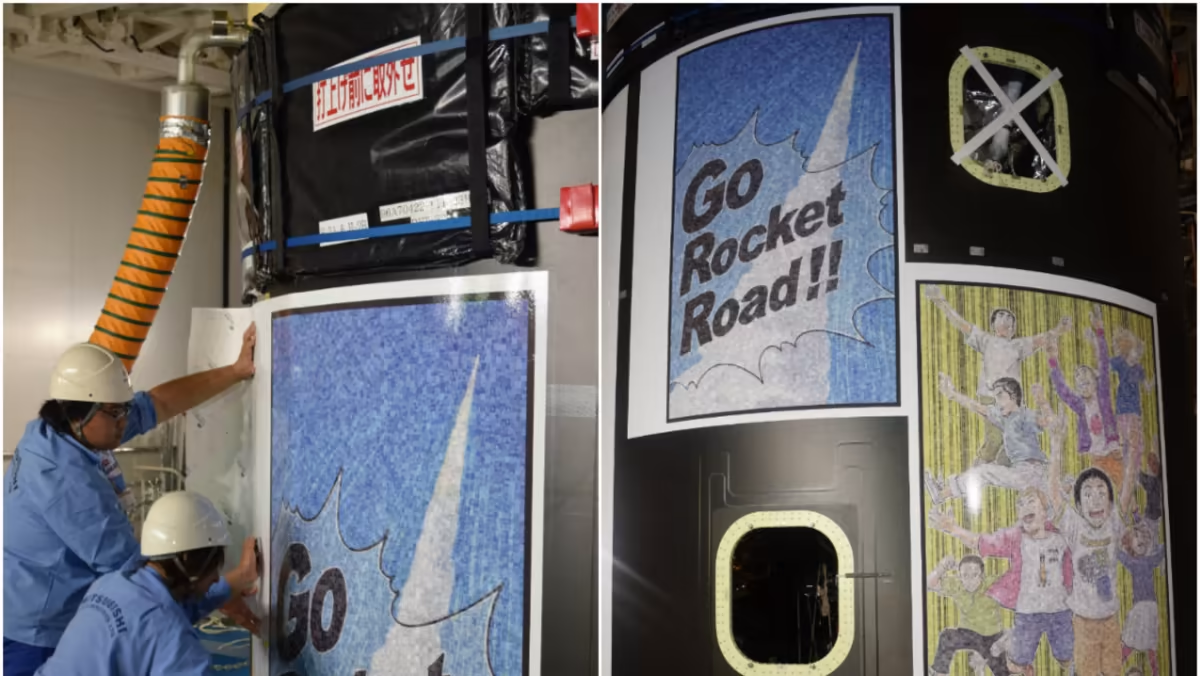
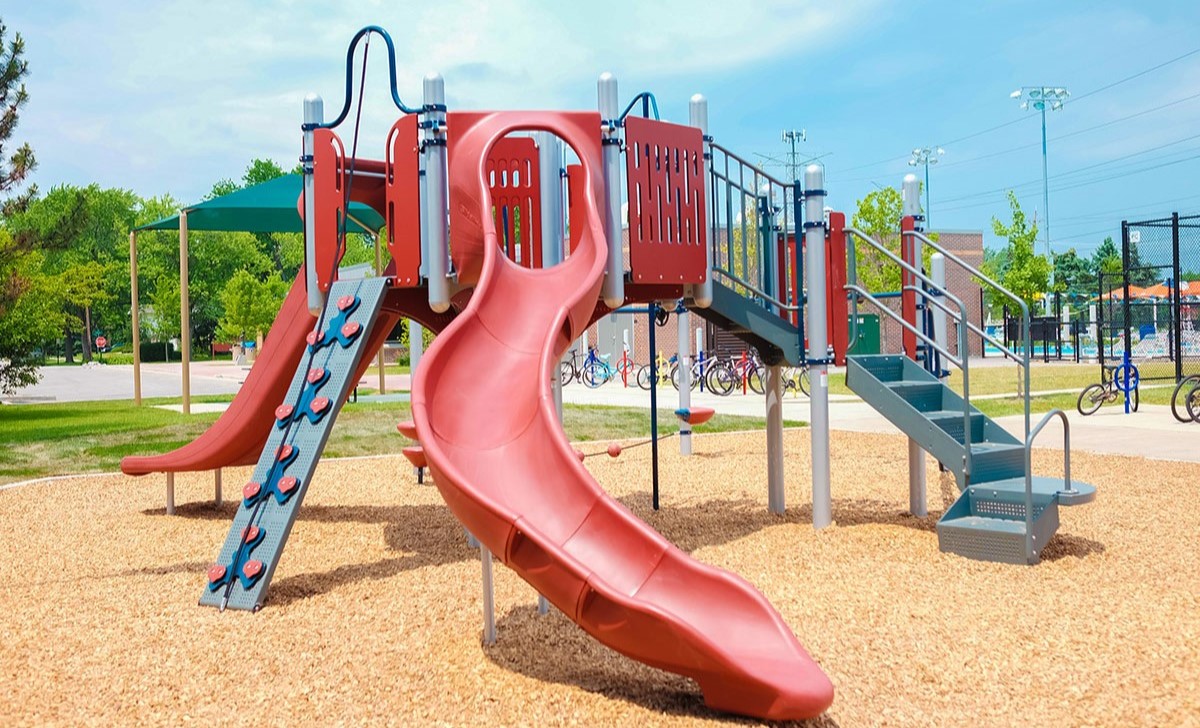
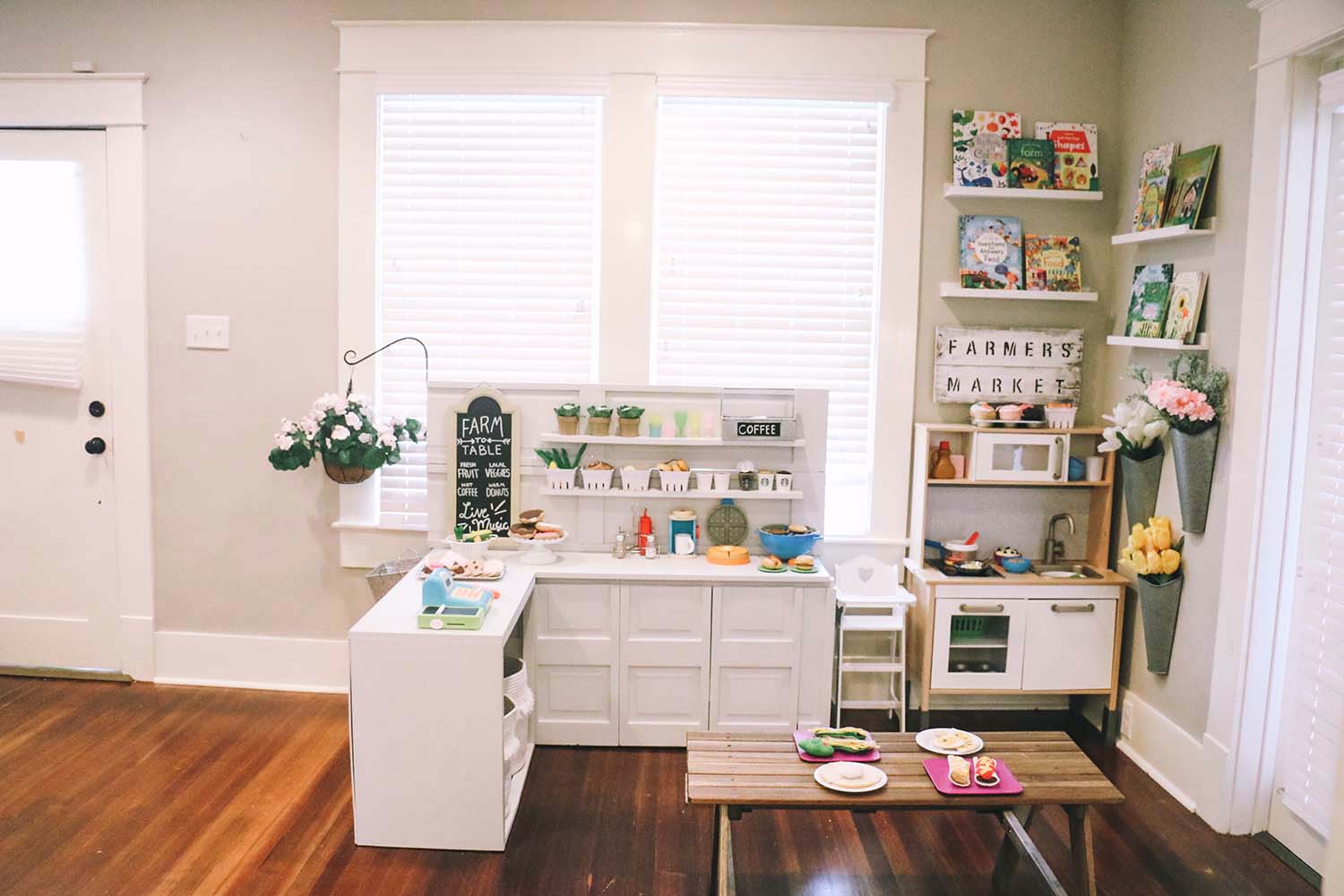
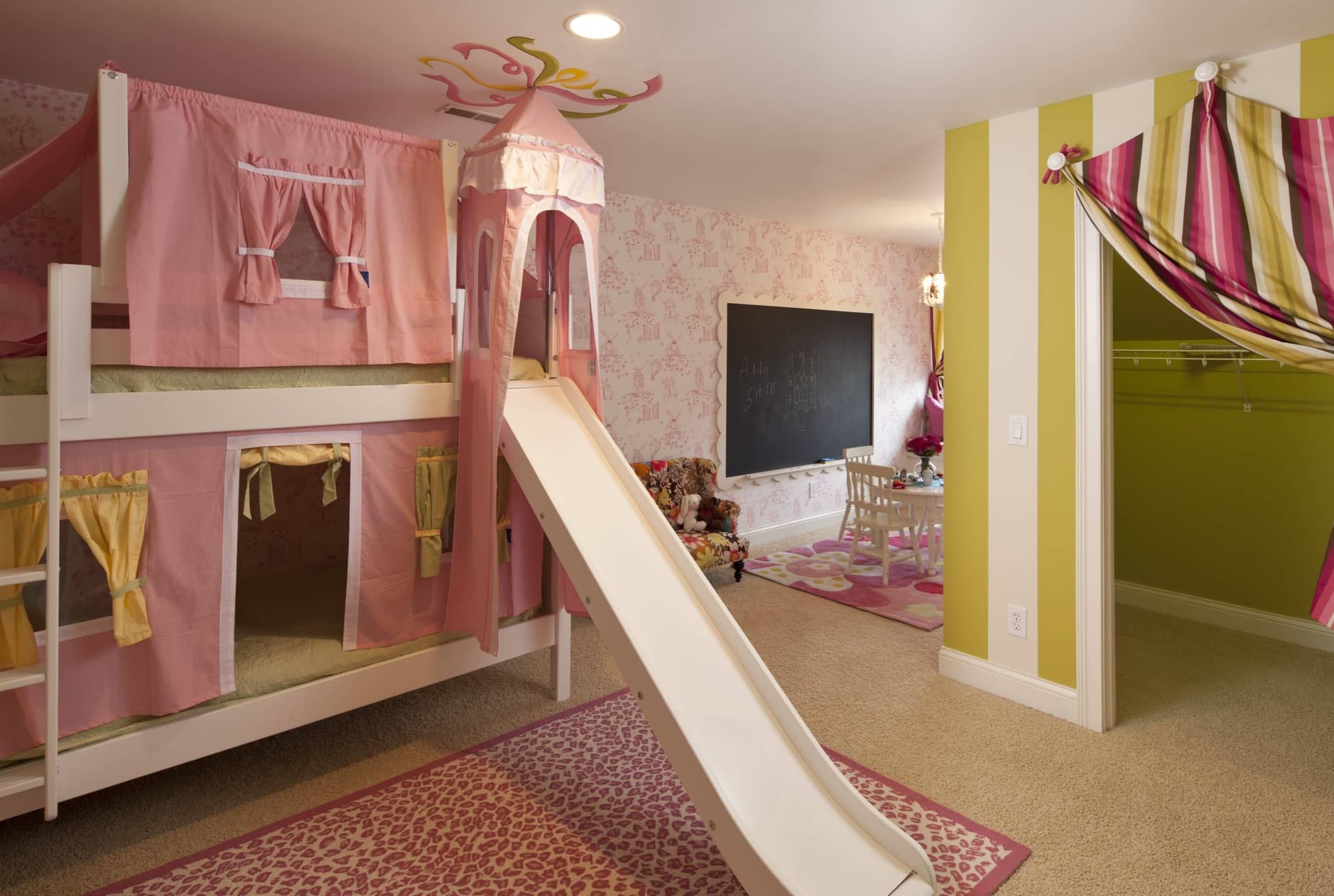

0 thoughts on “How To Make Unfinished Basement Play Area”